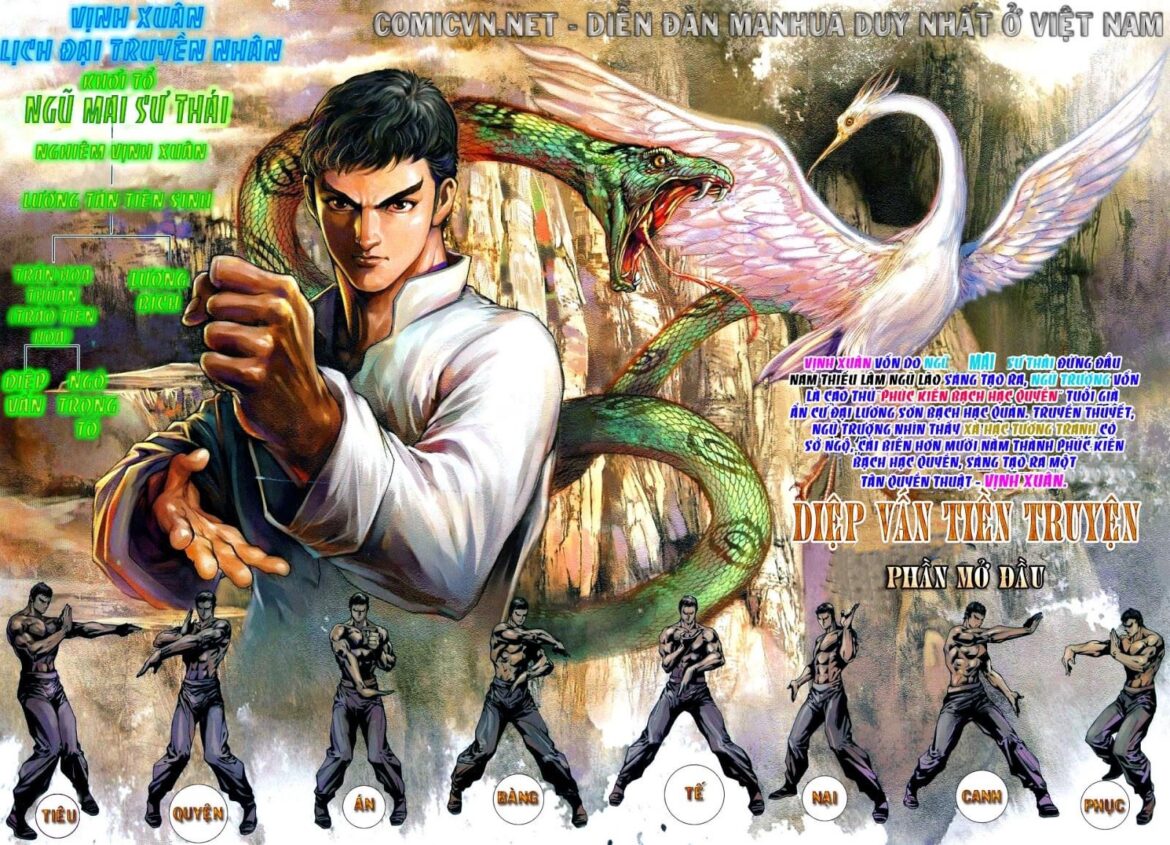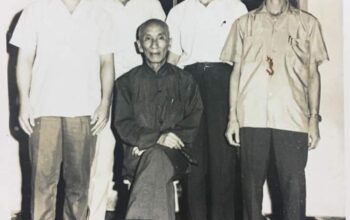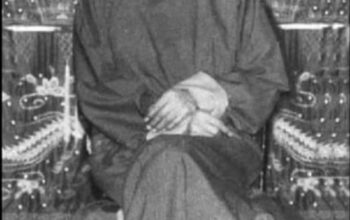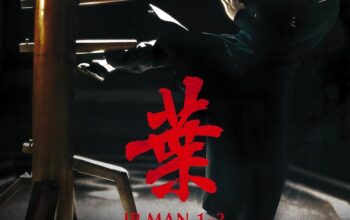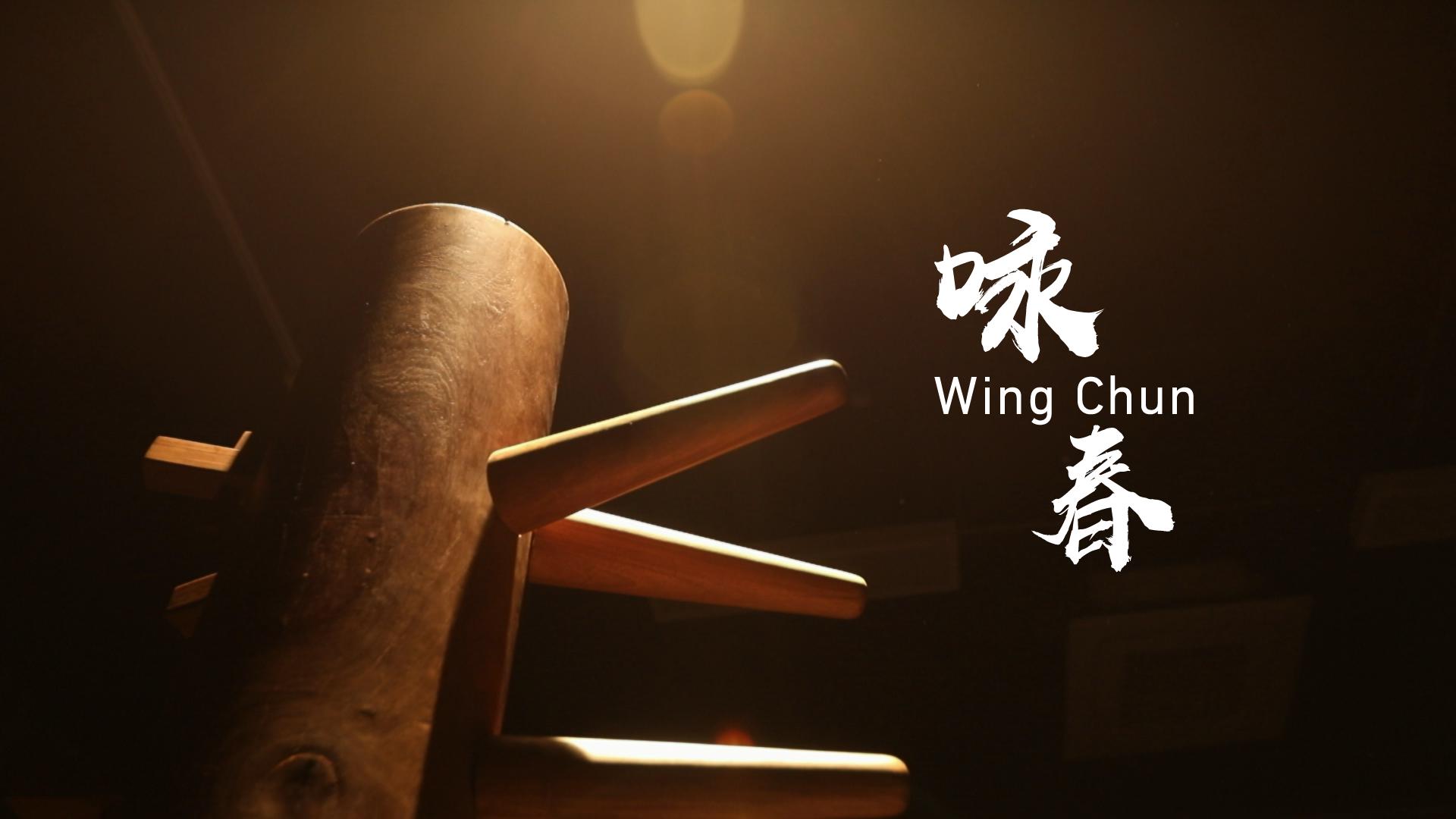Is there a Belt System in Wing Chun? Unraveling the Grading and Ranking in Wing Chun
Wing Chun, a traditional Chinese martial art renowned for its practicality and efficiency, does not adhere to a standardized belt system as seen in many other martial arts. Unlike disciplines such as Karate or Judo, which utilize colored belts to denote rank and progression, Wing Chun follows a different approach to grading and ranking. In this article, we will explore the absence of a belt system in Wing Chun and how progression and recognition are traditionally achieved within the art.
Historically, Wing Chun has not employed a formalized belt system. Instead, the traditional method of measuring progress in Wing Chun revolves around practical skill development and combat ability. The focus is on acquiring functional techniques, efficient body mechanics, and a deep understanding of Wing Chun principles rather than obtaining symbolic ranks.
In Wing Chun, the learning process typically consists of three main stages:
- Sil Lim Tao: The initial stage of training in Wing Chun is Sil Lim Tao, also known as the “Little Idea” or “Little Idea Form.” Sil Lim Tao is a foundational training form that emphasizes proper structure, balance, and the fundamental techniques of Wing Chun. It serves as the basis for subsequent training, providing a solid foundation for the practitioner’s development.
- Chum Kiu: Once a practitioner has established a strong foundation in Sil Lim Tao, they progress to the next stage known as Chum Kiu, which translates to “Seeking the Bridge.” Chum Kiu builds upon the principles established in Sil Lim Tao and introduces additional techniques such as footwork, controlling the centerline, and bridging the gap between the practitioner and the opponent. Chum Kiu further develops the practitioner’s ability to apply Wing Chun in dynamic situations.
- Biu Ji: The final stage in the traditional progression of Wing Chun is Biu Ji, meaning “Thrusting Fingers.” Biu Ji is considered an advanced level of training, focusing on explosive power, emergency techniques, recovery from unfavorable positions, and advanced footwork. Biu Ji refines and expands the practitioner’s understanding and application of Wing Chun concepts, preparing them for more complex combat scenarios.
Within each stage, there are no formalized belt levels or colored rankings. Progress and recognition in Wing Chun are typically assessed and determined by the practitioner’s instructor. The instructor evaluates the student’s development based on various factors, including technical proficiency, application of principles, sparring ability, and overall understanding of Wing Chun concepts.
While Wing Chun as a whole does not adhere to a standardized belt system, it is important to note that some modern Wing Chun organizations or schools have implemented their own grading systems. These systems may utilize colored sashes, patches, or certificates to acknowledge a practitioner’s progress and skill level. However, it is crucial to understand that these variations in grading systems are not universally recognized within the broader Wing Chun community.
The absence of a formal belt system in Wing Chun aligns with the art’s emphasis on practicality, efficiency, and combat effectiveness. The focus is on continuous personal development, refining techniques, and understanding the principles of Wing Chun rather than obtaining specific belt ranks.
In conclusion, Wing Chun does not adhere to a standardized belt system to denote rank and progression. Instead, Wing Chun practitioners focus on developing practical skills, efficient body mechanics, and a deep understanding of the art’s principles. While some modern organizations may have implemented their own grading systems, these variations are not universally recognized within the broader Wing Chun community. The absence of a belt system allows Wing Chun to maintain its emphasis on practical application and individual growth in the pursuit of martial excellence.
